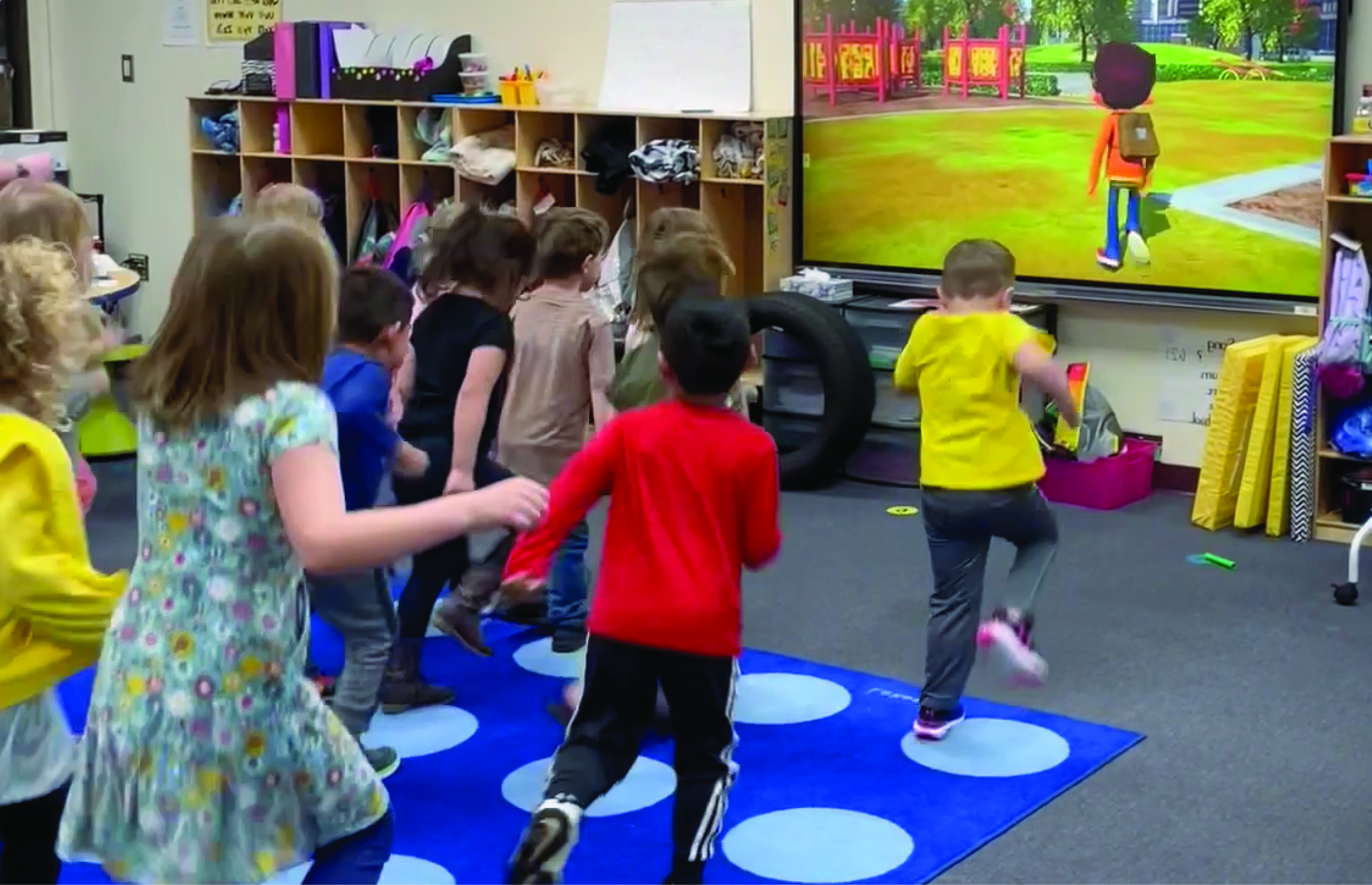
The Executive Function Hypothesis
The Executive Function Hypothesis was developed in the 1970s by Karl Pribram and other experts in psychology and psychiatry. Russell Barkley, Ph.D., defines executive function as “the cognitive or mental abilities that people need to actively pursue goals,” and it is critical in developing certain life skills that can set us up for success.
The Four Circuits of Executive Function
Neuropsychologists have discovered at least four circuits of executive function that stem from the prefrontal cortex. These circuits are nicknamed the Who, What, When, and Why.
The Who circuit has to do with our sense of identity and self-awareness. This executive function allows us to be aware of what we are doing and how we feel both physically and emotionally.
The What circuit allows us to make plans and strategize toward future goals based on our working memory of the past. This function allows us to learn from past experiences and incorporate that knowledge into the formulation of a plan for future success.
As the name indicates, the When circuit relates to a sense of time and order. This function allows us to plan a sequence of steps in a timely fashion. Time management is a major benefit of this circuit.
The Why circuit is a decision-making circuit. It allows us to weigh the pros and cons of our options and make a decision based on those factors. This circuit is linked to our emotions, so it not only weighs the logical aspects of a decision but also factors in how we feel about them.
Executive Function Deficits
An article in ADDitude reports that “essentially, ADHD is an executive function deficit disorder (EFDD).” The four circuits described above must work must in harmony for executive functioning to equip us with critical skills such as self-awareness, inhibition, non-verbal working memory, verbal working memory, emotional self-regulation, self-motivation, planning, and problem-solving.
Children and adults diagnosed with ADHD may have trouble with several, if not all of these areas. However, the earlier a diagnosis is made, the sooner these skills can be worked on. Movement and kinesthetic learning are two ways to help develop these executive functions.
Benefits of Movement
Movement can help children with ADHD. Using movement as a tool to enhance learning has been found to decrease behavioral episodes of children with ADHD. Some ADHD can be treated with non-pharmacologic agents such as physical activity. Perhaps teaching the elementary curriculum with specific emphasis on fundamental movements could decrease the symptoms.
According to a study by the MIND Institute at the University of California-Davis, physical activity seems to allow children with ADHD to focus on what they are doing. In children with a diagnosis of ADHD, the study found:
- Children who moved more intensely showed better cognitive performance.
- The accuracy of children’s performance on tests significantly improved when they were moving.
- Hyperactivity in children with ADHD may help them think.
Kinesthetic Learning
Another interesting observation involves children seen at the National Reading Diagnostics Institute in Naperville, IL, who had previously been diagnosed with ADHD or ADD. In-depth reading evaluations often showed that rather than having ADD or ADHD, these children were kinesthetic learners who needed to engage in gross motor activity to learn best. After they participated in movement-based learning activities, their ADHD-like behavior often disappeared. Kinesthetic learners require body movement and action for optimal results. They need to move around, use their muscles, or explore.





